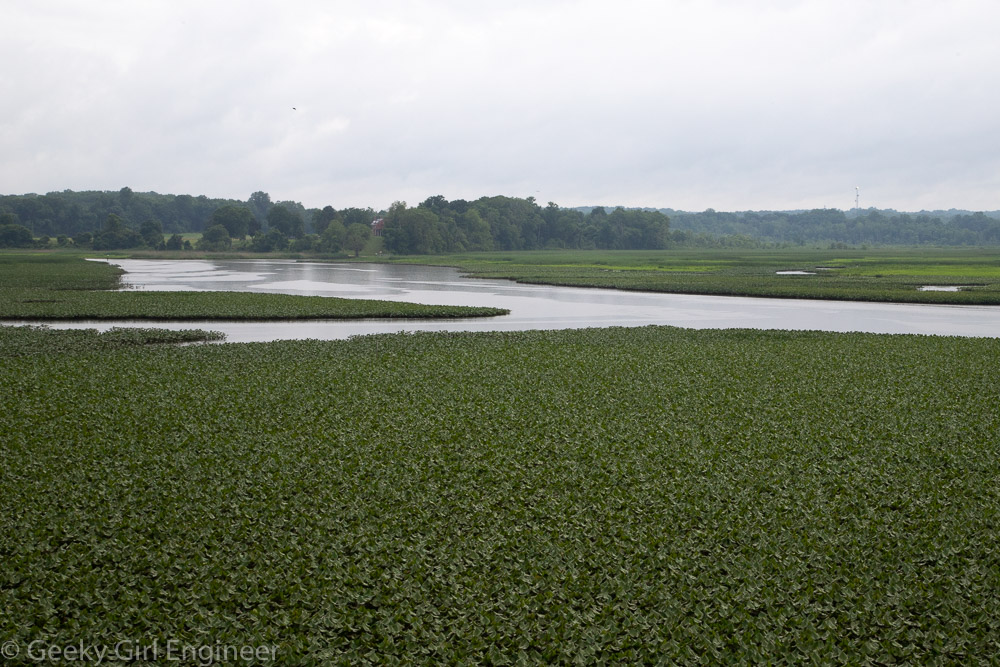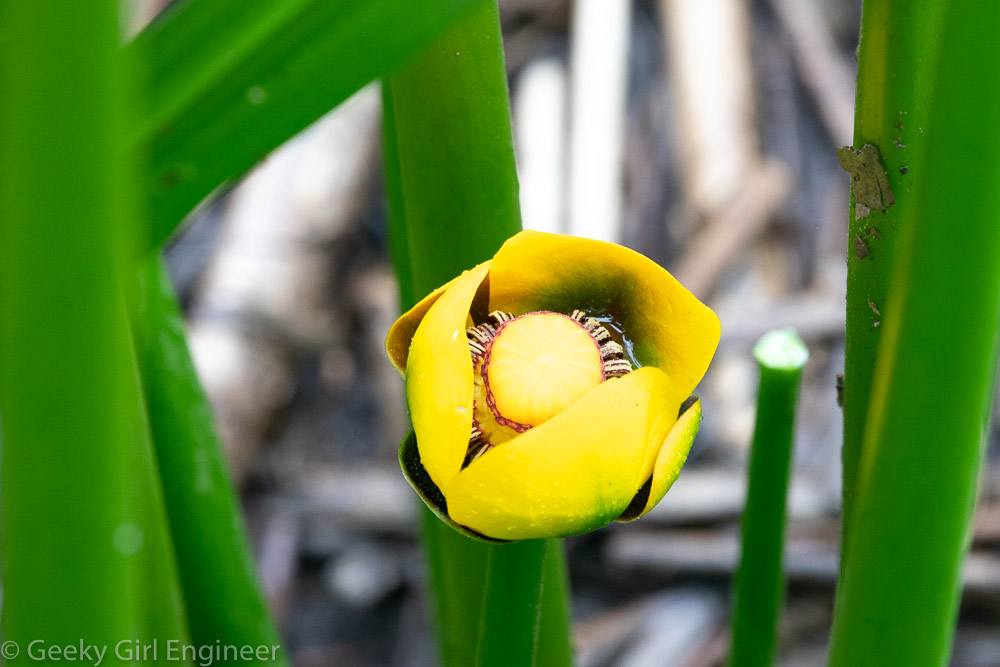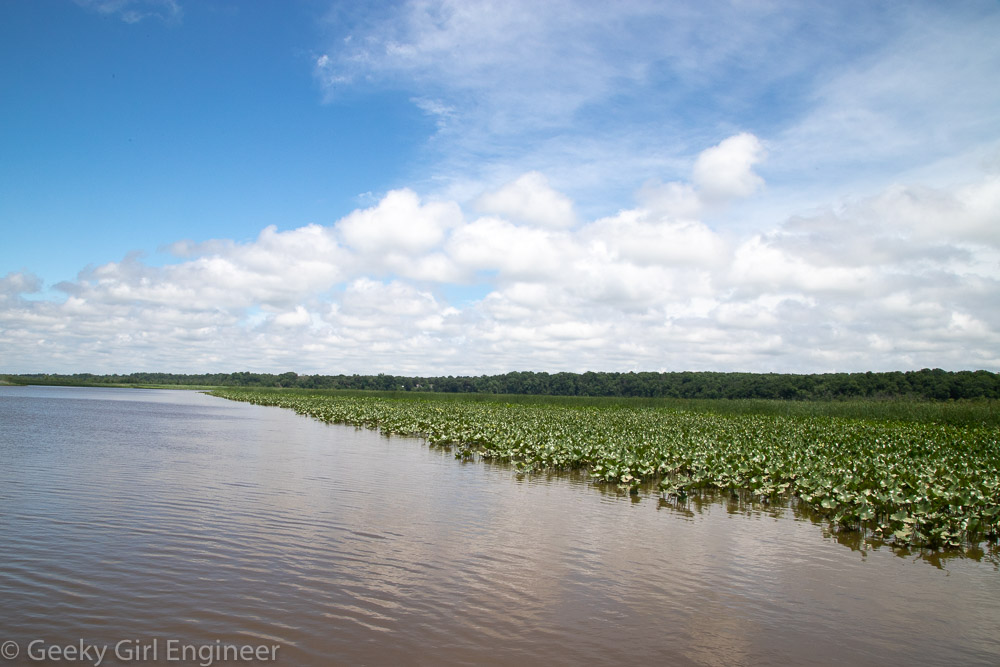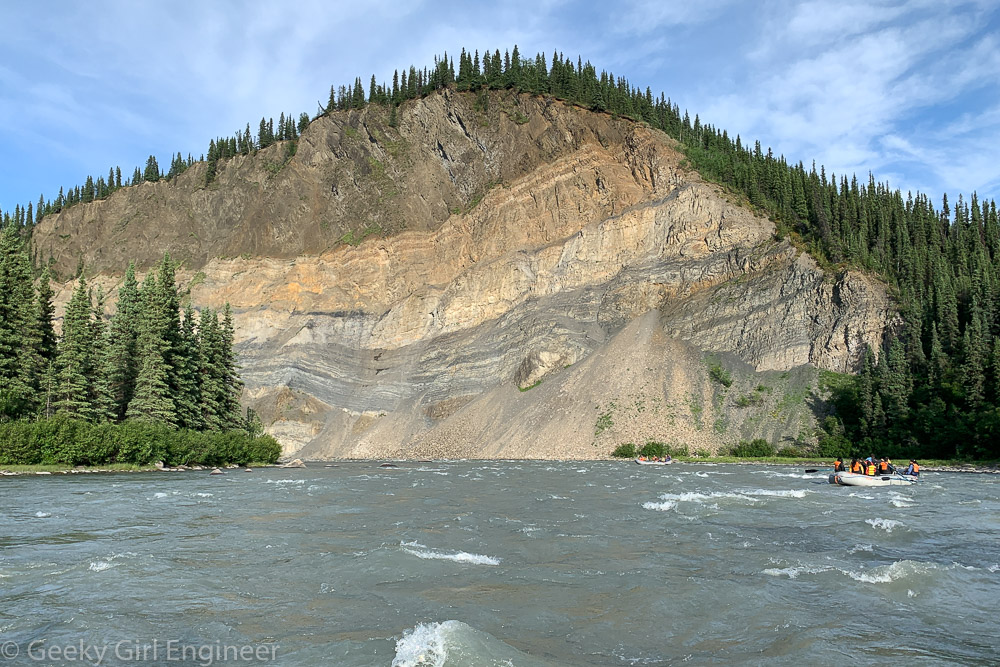I’m taking a leisurely road trip through West Virginia. The main destination is Charleston as this trip will add the West Virginia State Capitol to my list of state capitols, as I am trying to see them all. Along the way though, I am just enjoying the drive and finding detours and stops to make along the way. The first detour in West Virginia was Spruce Knob, which is the peak of Spruce Mountain and the highest point in West Virginia. It is a lovely drive to get there, as long as you don’t mind curving mountain roads including the final part which is forestry road and not actually wide enough for two vehicles. At the top of the mountain, there is a short trail that you can take to give you several wonderful vantage points of the surrounding area. There is also an observation tower of which I don’t understand the point because it provides views of the surrounding trees and that is about it. However, the views from the trail are worth the detour from the road.
Category Archives: Travel
Jug Bay Wetlands Sanctuary
I went on a tour of Jug Bay Wetlands Sanctuary today, which sits along the Patuxent River on the east side. I have lived in the DC area for over a decade, and I am still discovering neat places to visit of which I just was not even aware exist. There are lovely forest and wetlands trails to see. Besides educational outreach, they also do scientific research on the wildlife and even archeology. It is a rather busy park really. On our tour, we also were able to go on a pontoon boat ride along the Patuxent River. There were so many red-winged blackbirds and ospreys along with lots of other birds that were difficult to see.
Calvert Cliffs State Park
I visited Maryland’s Calvert Cliffs State Park today, which I have been wanting to do for a while. The park is known for its beach where you can fossil hunt for shell and shark teeth fossils among others. The hike to the beach is not quite two miles. What I didn’t realize until I got here, mainly because the state’s website gives only the barest of information and is very unhelpful, is how lovely the trails are. The trail that is the most direct path to the beach first passes through a lovely wooded area. It then goes alongside a wetland area, which currently is filled with blooming water lilies. The wetland area is gorgeous and worthy of a visit to the park all by itself.
The beach is small and not someplace I would go swimming, but it seems everyone goes to this particular beach to hunt for fossils, not to swim. I found the geology of the beach to be quite interesting. There were rocks and other objects along the beach of which I couldn’t understand the origin. I picked up a few shells and at least one fossil. However, I also picked up a couple of items that I still can’t determine what they are, even if they are natural or human-made objects. I took photos of the objects I collected. If anyone can help me understand what the objects are in the last photo (also featured in second to last photo), I would appreciate you leaving a comment.
Pittsburgh Rivers Boat Trip
I took the Rivers of Steel Uniquely Pittsburgh Sightseeing Tour today. I have to admit to being slightly disappointed that I could not see more of the leftovers from the steel industry on the boat ride, but it was a nice boat ride. It started near where the Monongahela River and the Allegheny River join to form the Ohio River. It went down the Ohio River just a little then it turned went up the Monongahela River for a bit before turning around and going up the Allegheny River for a little. It was a beautiful day, and it appears everyone who had a boat was on it, and everyone who didn’t was out on their bike or just walking.
Ellis Island
I went to New York City for a quick trip and finally did one of those tourist things that are generally on the last of my list to do. On several occasions, I have traveled to tour a wastewater treatment plant or landfill or some other engineering work, but pure tourist locations are things I go to if I can fit them into my schedule. I visited the Statue of Liberty a couple of decades ago, and I would like to go again. However, for this trip, I visited Ellis Island, partly because they had spots on the hard hat tour of the work being done there available. An interesting historic site plus engineering work definitely fits the bill of my interests. The original Ellis Island immigration building is open including the restored Great Hall (i.e. Registry Room) with numerous interesting exhibits. The hard hat tour however allows you to tour parts of the hospital on the other side of the island that are being stabilized and restored. The buildings are fascinating, especially from a modern viewpoint. [This immediately makes me wonder how someone in 100 years will view our buildings such as hospitals.] I also find the work being done to restore the buildings fascinating. The hard hat tour is a great way for the National Park Service to highlight work that is being done and needs to be done when there is funding. The tour is very informative, but I have to admit the tour could be a lot better. The main problem with the tour is trying to hear the tour guide. There is no audio technology used. It was only how loud the guide talked, and the guide I was with did never bothered to find out if those at the back could hear what he was saying. He rarely waited for everyone to catch up before talking, and as I was generally in the back trying to get photos, I missed half of what he was saying. The audio problem is compounded by the fact that area being toured is an active worksite, so there were also lawnmowers, banging, and other equipment noise in the background. Still, touring the area was fascinating and informative.
Note with the photos below that most of the buildings being restored have had all their windows covered with plywood that has a small plastic window and a ventilation panel. The plywood prevents the elements from getting in and further degrading the structures, and the window and ventilation panel helps prevent mold from growing inside the buildings.
Alaska Railroad Denali Star
We took Alaska Railroad’s Denali Star to get to Denali from Anchorage and also took it back to Anchorage. The route is just gorgeous. It goes along mountain creeks, glacial valleys, river gorges, and lakes. I was also somewhat obsessed with the clouds and the atmospheric features on both trips because the mountains were creating incredibly interesting skies. Note: the photos below are a mix of photos from the trip to Denali and the trip back to Anchorage. Also, some of the photos below include the Nenana River on which I went rafting. Also, a different view of the Hines River, featured in the photo at its confluence with the Riley River, can be seen in my photos from hiking in Denali National Park.
As this is my second round trip on Alaska Railroad, with the trip to Seward being the first, I highly recommend paying extra for Goldstar seats if you are a photographer. Besides the free meals and glass-dome ceilings on the cars, the Goldstar cars also have an outside platform passengers can go out onto at anytime, which obviously makes for much better photos. Also of note, there is an Alaska Railroad employee pointing out places of interest along the journey and letting you know when you might want to get a photo. I found it very helpful, but for reasons that are beyond me, on the Denali trip, they kept pointing out gravel pits as points of interest. I’m a geeky engineer, and even I can’t figure out why they think we all find gravel pits incredibly interesting.
Denali National Park Hiking
One day in Denali was completely full with the bus tour and with rafting. We planned another day for hiking, and the hiking in Denali, just around the visitor’s center is wonderful. We didn’t have time to do much hiking, but based on the maps, you could spend a couple of days hiking just on the trails. Then of course, you could spend lots more time doing off trail hiking. Right now, so many wild flowers are in bloom that the trails are full of color. The trees are green, and it is just wonderful.
Denali River Rafting
While in Denali, we went white water rafting down the Nenana River with Denali Raft Adventures. I am a chicken, so the McKinley Run, which was class I and II rapids, with two class III rapids was more than enough excitement for me. I have now decided I am good with class I and II, but I really don’t need the class III. I sat in the back and took photos with my iPhone, which I then held stuck into my life vest when the water got a bit to turbulent for me. [This is why the water looks fairly calm in most of the photos below as when the water was a bit too rapid, the phone was in the life vest.] They provided dry suits, like the SCUBA dry suits (but without the BC vent), which was good because the water was cold, and everyone got splashed at least some. In any event, the rafting did provide wonderful views from the river. There was some wonderful geological features that I could admire from the river besides the river itself, which is a textbook case of a meandering, eroding and depositing river. The river also cut through geological layers and a fault that was visible, so that was fun to see.
Denali National Park Bus Tour
From Anchorage, we took the train to Denali for the next leg of our Alaskan vacation. We took a bus tour of Denali Tundra Wilderness Tour, which takes goes about 60 miles into the park from the visitor’s center. The bus driver was pretty good about stopping whenever wildlife was spotted. Unfortunately, most of the wildlife is pretty far away or hidden behind trees. Good for the wildlife, but bad for taking photographs of the the wildlife. I took numerous out of focus photos of caribou, several moose behind a tree photos, and an impressive number of photos of far away bear sides or butts where you can barely identify them as bears. The tour also stops at several gorgeous overlooks including the last stop of Stony Hill, which provides impressive views of Denali.
Anchorage, Alaska
I have been in Anchorage for several days now. I don’t mean to criticize, but downtown Anchorage is an area in serious need of revitalization. It has a few nice small parks and green areas. It has lovely trails, mainly following Ship Creek and the bay. It has a couple of lovely larger parks with trails. Downtown has some wonderful restaurants and some nice shops also. However, the downtown area as a whole needs revitalization.
South of town is Potter’s Marsh, a wonderful place to bird.
Just north of the airport is Earthquake Park. At least part of the park, near the water is where homes used to be, but the homes sat on a cliff and were destroyed in the 1964 earthquake when part of the land slid into the water.














































































